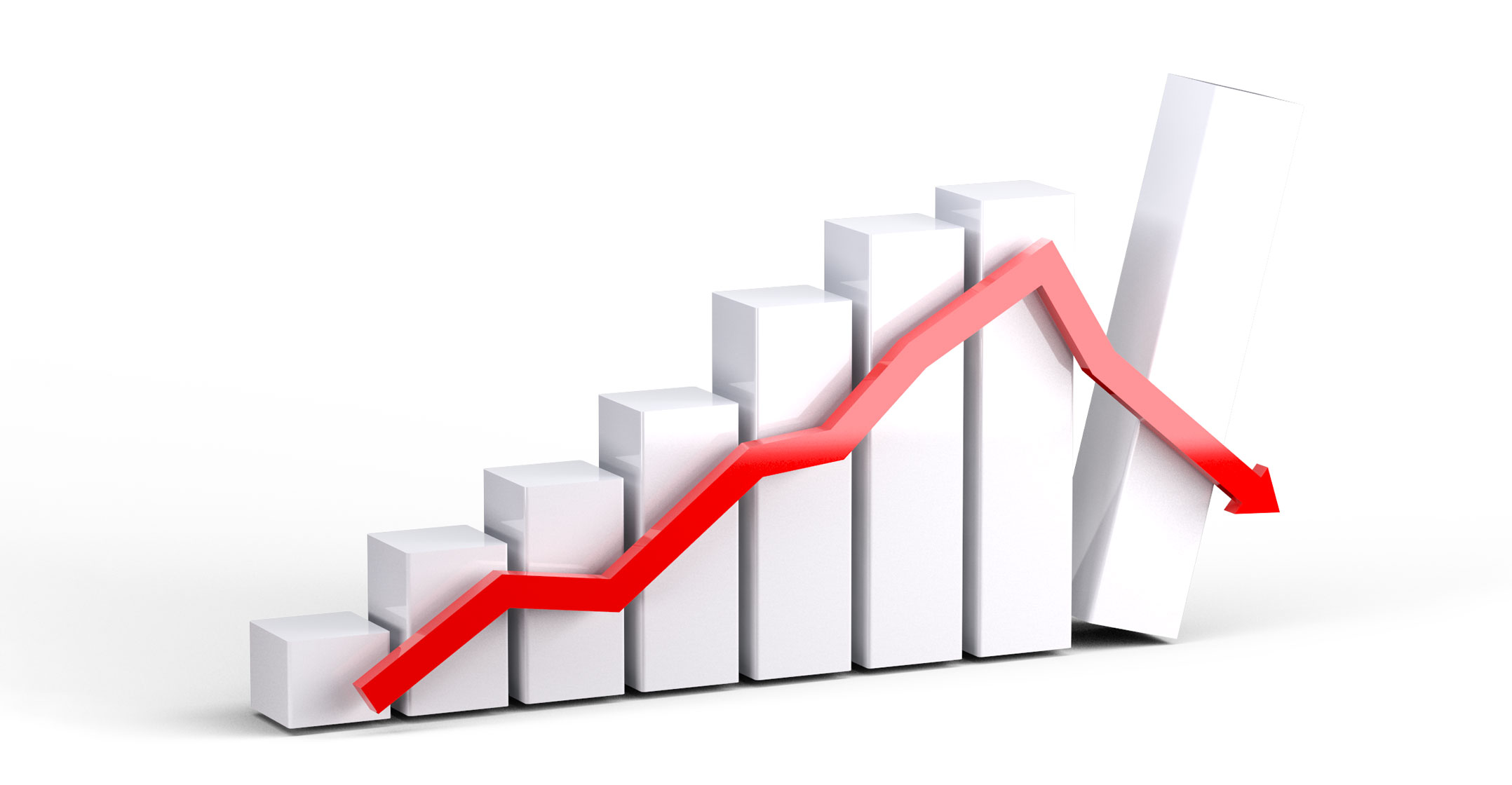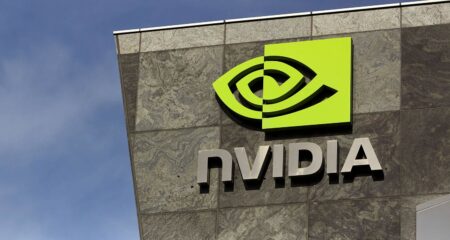 Is the rout ripping through technology stocks just another garden variety correction? In the long sweep of history, yes. But compared only to selloffs since the bull market began, it’s starting to get extreme.
Is the rout ripping through technology stocks just another garden variety correction? In the long sweep of history, yes. But compared only to selloffs since the bull market began, it’s starting to get extreme.
Monday’s drop, which reached 3.1% at 1.15pm in New York, is threatening to push the index below its closing low in October, a point many hoped would mark the bottom. The drop from 29 August exceeds 13%, making it the worst selloff since 2015 and the third worst in six years.
Viewed another way: the Nasdaq 100 is still up 4% this year. But so good has its performance been in the last decade that a gain of that size qualifies as the second worst annual return since the bull market began. The index has now had three separate 10% corrections in 2018, something that hasn’t happened since the financial crisis.
“People put a lot of faith in tech companies to drive the markets higher, and to the extent that’s not happening, that’s very disappointing,” said Chris Zaccarelli, chief investment officer at the Independent Advisor Alliance. “We’d need to see bullish company specific news from one of the tech megacaps for investors to drive the prices higher, or we’d need the Fed to take a pause, or fear of a global growth slowdown to ease. We’re not seeing that.”
Tech stocks have been the biggest victims of a rout that has so far sent the S&P 500 down 8% amid fears over rising interest rates, slowing growth and a quarterly earnings disappointments from Netflix to Alphabet. Optimism over tech profits helped lift the Nasdaq 100 after a bloodletting in February and March, but that’s not happening this time.
Plummeted
Nvidia plummeted 7% on Monday and has now lost almost half of its value in the past seven weeks. Facebook fell 5.5%. Apple retreated 3.5% and Alphabet lost 3%. Hedge funds were net sellers of both companies last quarter, data compiled by Bloomberg show, with the likes of Appaloosa Management and Viking Global Investors cutting stakes. E-commerce giant Amazon.com lost 4.3%.
All told, the Nasdaq 100 Index has plunged 13% since hitting an intraday record on 1 October. The correction is the biggest since the market rout following the yuan devaluation in 2015, data compiled by Bloomberg shows.
To be sure, income for technology firms is still expected to rise 31% this year, outpacing the S&P’s 24% advance. The gap will disappear in 2020, Bloomberg data shows. — Reported by Elena Popina and Lu Wang, (c) 2018 Bloomberg LP




